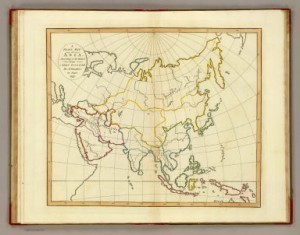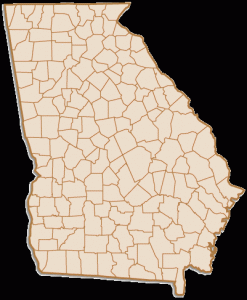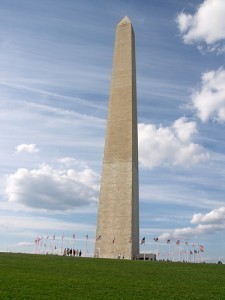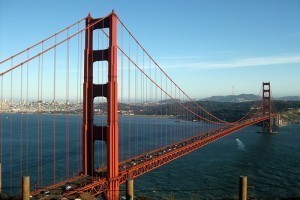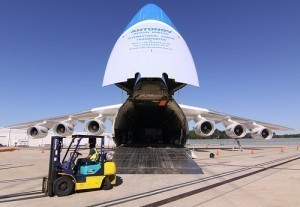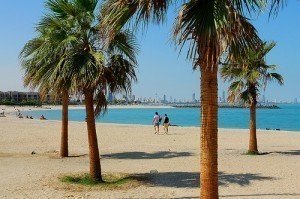Square Miles of Greenland
The square miles of Greenland total 836,109. This is the same as 2,166,086 km2 or 53, 510, 976 acres. It is the largest island in the world. Australia is larger, but it is generally regarded as an island continent.
Geographical Features
Greenland is very close to the North Pole. For this reason, almost 80% of its surface is covered with ice. In spite of this fact, the island has a population of 80,000. The capital is Nauk. It is Greenland’s biggest city. It has a total of 15,000 inhabitants.
Historical Background
Archaeological evidence shows the island’s earliest settlers were Paleo-Eskimos. The Vikings were the first foreigners to settle on Greenland. The Vikings arrived in the 10th century.
However, they vanished after more than 500 years. During the 1700s, the Danes arrived and colonized them. In 1953, the island became a province of Denmark.
Greenland briefly became a member of the European Union. Disagreements with the Union forced Greenland to withdraw its membership. There were numerous problems, but the biggest hurdle was the EU’s stringent fishing quotas.
Denmark granted Greenland self-government in 1979. However, Denmark continued to exercise control over Greenland’s foreign relations.
People
Majority of the population are whites and Inuit who were born on the island. The Danes and other ethnicities make up 10% of the population. Evangelical Lutheran is the most widely practiced religion. English, Greenlandic and Danish are spoken.
Climate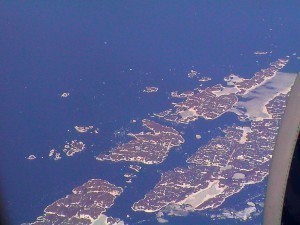
The large square miles of Greenland notwithstanding, the climate is invariably cool. Winters are cold and summer is cool. A flat icecap covers almost all the land. The only exception is a mountainous coastline around Greenland. All the cities are located within this strip.
The Greenland Government
The government is divided into three parts: the judiciary, executive and legislative. Nominally, Denmark heads the executive. But in practical terms, it is the prime minister. The legislative branch is composed of a single house parliament. There are 31 seats. Elections are held to choose their leaders. The High Court heads the judiciary branch.
Natural Resources
Greenland has numerous natural resources including iron ore, diamonds, zinc, lead and coal. The economy relies heavily on fishing. Greenland also relies on subsidies from Denmark to help its economy.
The vast square miles of Greenland have produced a people with different cultural influences. The island is closer to Canada than the European nations. But culturally, it is closer to Denmark, Iceland, Norway and other European countries.
